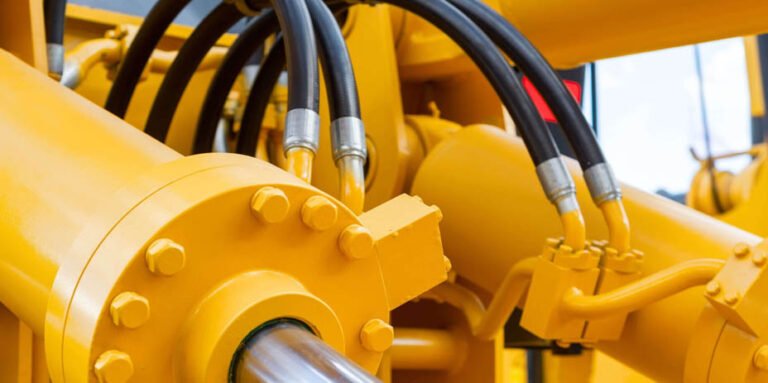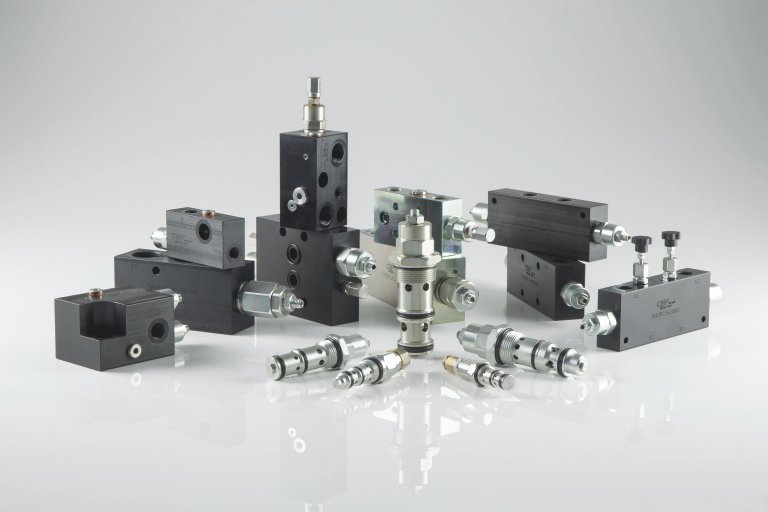
Best Hydraulic Solenoid Valve is a mechanical device used for controlling the flow of liquids and gases. It opens and closes a passageway in response to electrical signals sent from an electric control circuit. They are used for controlling or monitoring a flow through a pipeline, but there are many factors to consider when selecting the right solenoid valve. In this article, we’ll take a look at these factors and how they affect your selection process.
Required valve type (solenoid or pressure actuated).
Best Hydraulic Solenoid Valves are used for low-flow, low-pressure applications. They offer a simple and reliable design that is ideal for use in situations where only one or two solenoids are needed. Solenoid valves can be turned on or off by an operator with the use of a handheld remote-control device (RCD).
Pressure-actuated valves are used for high-flow, high-pressure applications. These Hydraulic Pumps automatically open and close based on the amount of pressure applied to them. Some models may require manual intervention, while others do not need any help at all!

The flow of fluid through the valve.
When selecting a solenoid valve, it’s important to consider the flow of fluid through the valve. This includes:
- The flow rate at which the valve will be operated
- The type of application (low or high flow)
- The size and number of ports
The temperature of the fluid.
The temperature of the fluid will also affect your choice of the solenoid valve.
For example, if fluid is going to be used in an environment where it’s going to get very cold, then you might want to select a valve with a higher temp rating. This will ensure that the valve can handle these harsh environments without breaking down or failing prematurely.
Some things that could cause a solenoid valve’s performance to decrease when exposed to extreme temperatures include:
- A decrease in length of service life – this means that your solenoid valves won’t last as long before needing replacement.
- A flow rate increase – meaning that the flow rate through the valve increases because there are fewer restrictions (it gets hotter).
- An increased pressure drop – which basically means that there is less resistance against the flow when it passes through.
Line pressure and allowable pressure drop at the valve.
Line pressure is the pressure of fluid (gas or liquid) entering a valve. It is also known as inlet pressure.
Allowable pressure drop at the valve is the difference between line and outlet pressures, measured in the inches water column (in WC). This is typically based on a specific application, although some valves have a maximum allowable pressure drop built into their design for safety reasons.
A reduction in pressure drop is an indication that there is a restriction in the flow of fluid through the valve.
Conclusion
Best Hydraulic Solenoid Valves are designed to control the flow of fluid in applications where pressure-actuated valves cannot be used. They can be used to control flow in both liquid and gas systems. Solenoids are often used in conjunction with other types of flow control devices such as ball valves or butterfly valves.
